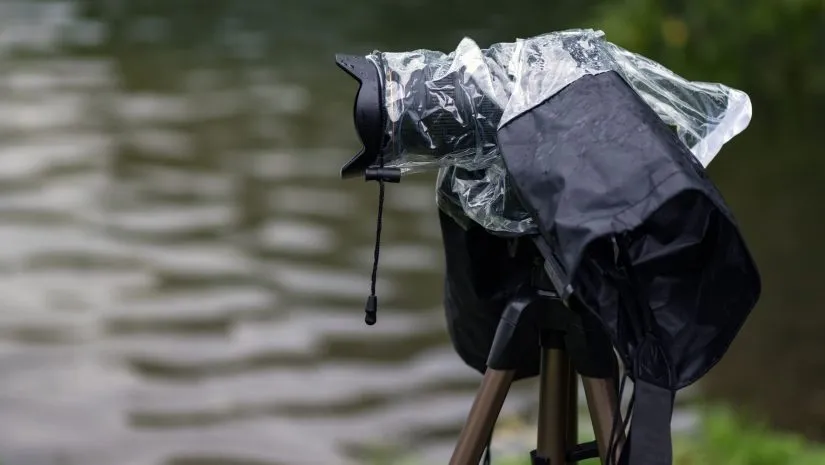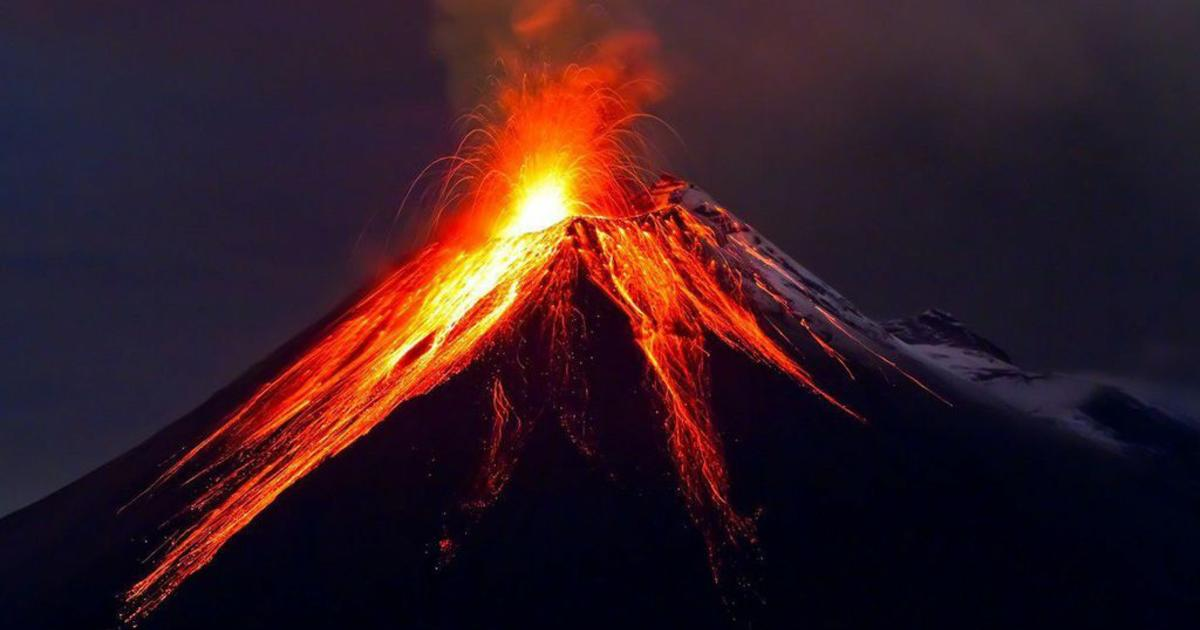Ram V Chary Shares How to Use the Trendy 2000s Elements
The aesthetics of the 2000s are making a strong comeback in graphic design, and it's no surprise why. The turn of the century brought about a unique and iconic style that's both nostalgic and visually appealing. Whether you're a designer looking for inspiration or a brand seeking to connect with a specific audience, Ram V Chary says integrating the 2000s aesthetic into your graphic designs can be a winning strategy.
 |
Unsplash.com |
Typography from the 2000s also has a distinctive style. Playful and experimental fonts were in vogue, and you can tap into this by using unconventional typefaces in your designs. Ram V Chary says mixing bold and wacky fonts can create a fun and nostalgic vibe.
Another characteristic of the 2000s aesthetic is gradients and glossy elements. Shiny and metallic effects were widespread during this era, and incorporating them into your designs can give them a glossy and retro look. Gradients, especially in vibrant and contrasting colors, can add depth and dimension to your graphics, says Ram V Chary.
 |
Unsplash.com |
Ram V Chary says that more than nostalgia, it's about leveraging unique and visually engaging designs that will stand out. Whether you aim to create a retro look, add a playful twist to your designs, or evoke the spirit of a bygone era, the 2000s aesthetic offers a wealth of creative possibilities. So, get inspired and infuse a touch of the Y2K era into your graphic design projects.





















